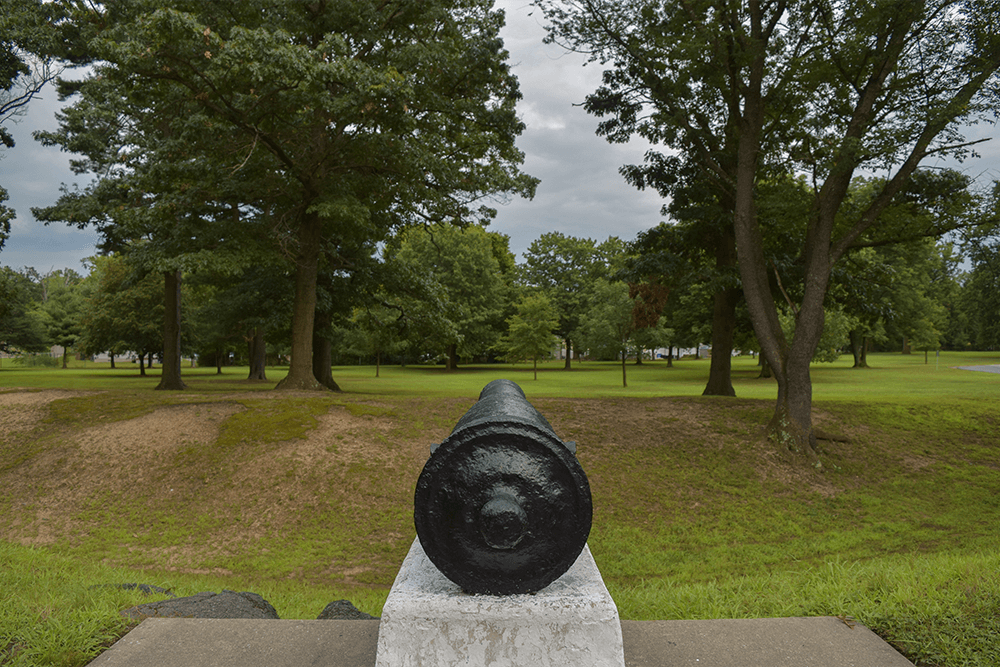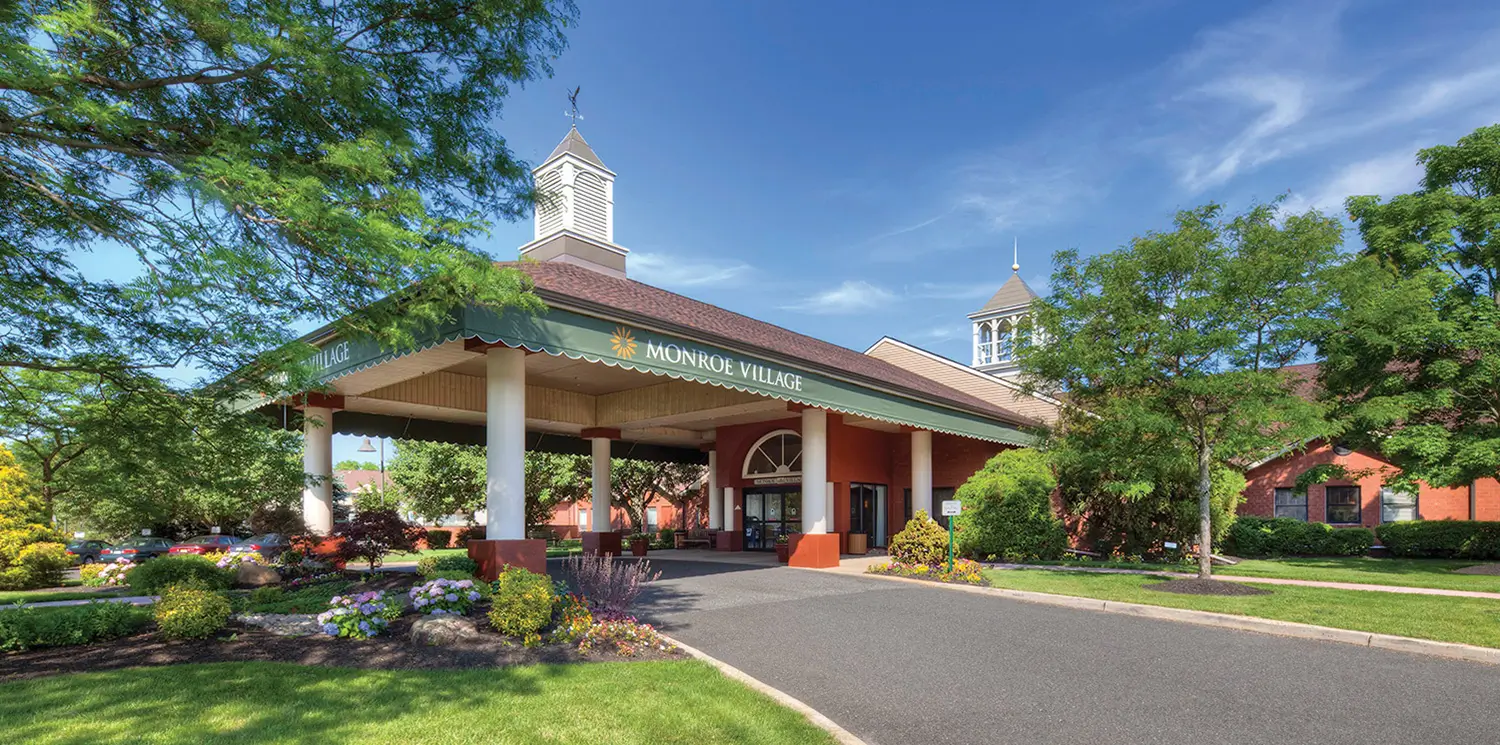Historical Places to Visit in Gloucester County, New Jersey
May 31, 2022
Human occupation of Gloucester County, New Jersey, dates back several thousand years. At the time of European settlement, the area was inhabited by several tribal groups, including the Susquehannock of the Iroquoian peoples and the Lenape of the Northeastern Woodlands peoples.
European settlement in the Gloucester area dates to the early 1600s. Gloucester County, named for the city of Gloucester, England, was founded in 1686. The earliest settlements were part of the New Sweden Colony, including Swedesboro, Bridgeport and Woodbury, the oldest municipality in the county.
Today, many historic sites document major events, cultural affiliations, architectural phases, people, and important developments of the area. As of April 2022, 35 historic properties in Gloucester County were listed in the National Register of Historic Places.
Listings include churches, schools, inns, commercial enterprises, industrial sites, private residences, cemeteries, public buildings, lighthouses, farms, and battlefields.
Although some are privately owned, many are open to the public. Here are a few of Gloucester County’s historical sites that you can visit today.
Red Bank Battlefield and Park
Red Bank Battlefield, a Revolutionary War site, is a National Historic Landmark located in National Park, New Jersey. Here, 100 American revolutionary soldiers held off approximately 1000 British and Hessian soldiers during the battle at Red Bank in 1777.
The battlefield is part of the larger park operated by the Gloucester County Parks system. It includes portions of the original battlefield, defense lines, trenches, and cannons.
Fort Mercer, an earthen fort, was built as part of a line of defense by the Continental Army against British forces. The fort played an important role in blocking British forces from gaining access to the Delaware River for several months.
In 1829, locals erected a marble monument commemorating the battle. In 1905, President Theodore Roosevelt established a 20-acre park on this location. An additional stone column was added by the state on the following year.
The park also includes the James and Ann Whitehall House, built in 1748, that now serves as a museum. Fort Mercer was built within the 400-acre Whitehall estate. The graves of Hessian commander Carl von Donop, who led the Hessian forces against the American defenders, and others who died during the battle, lie within the park.
The park is open every day during daylight hours. Visitors can walk the 44-acre grounds, visit the historic home, and view the memorial wall. The county offers guided tours, monthly family day outings and a re-enactment of the battle every October.
Mullica Hill Historic Districts
There are two National Register historic districts within the county: Mullica Hill Historic District in Harrison Township’s community of Mullica Hill, and Pitman Grove Historic District in the borough of Pitman. Walking tours of the districts’ historical areas takes you past churches, shops, and industrial works that date between 1770 and the mid-20th century.
Mullica District includes 136 contributing buildings with significance in architectural style and economic development. The main street served as a major traffic artery, connecting the village to nearby communities. It followed an old Indian trail that crossed Raccoon Creek, a source of waterpower for the grist mill that was established before 1750.
Many of the original commercial, industrial and residential buildings are used today as restaurants, antique shops, museums, and offices. A walk through the downtown neighborhoods takes visitors past homes with architectural styles that span the development of the village, including Queen Anne, Colonial and Federal.
Pitman Grove Historic District
Pitman Grove Historic District includes 349 contributing buildings surrounding the Pitman Grove Auditorium. The town was an important camp meeting place from the 19th century into the 20th century, hosting Christian religious services and community activities. It also provided a place for itinerant preachers to meet with local communities to pray, sing, and play traditional music.
The district demonstrates an unusual form of town planning, with Pitman Grove Auditorium serving as its focal point. A park encircles it, and paths radiate from the center into residential neighborhoods. The consistent scale of architecture and the charm of the homes fronting onto the paths give a cohesive feel to the town.
United Methodist churches in the area still hold meetings every Sunday at the auditorium. Visitors can walk through the neighborhoods and visit local restaurants, antique shops, and retail stores.
Tinicum Island Rear Range Light Station
The Tinicum Island Rear Range Light Station, a lighthouse overlooking the Delaware River at the Port of Paulsboro, was activated in 1880 and still serves as an important navigation aid to boats traveling upstream. It is included in the Inventory of Historic Light Stations, a survey compiled by the National Park Service as part of the nation’s Maritime Heritage Program.
Guided tours are scheduled once a month from April through October. Private tours can also be arranged.
Additional resources
These are just a few of the historic sites in Gloucester County. If you’d like to know more, the Gloucester County Historical Society maintains a library, the Gloucester County Historical Society Museum and the Moravian Church, which is a listed National Register property.
The state of New Jersey and Gloucester County also nominate and designate places of interest that document the natural, commercial, industrial and cultural resources of the state and local area.
Visit the official website of the State of New Jersey for a full listing of buildings, structures, sites, objects, and districts listed on the New Jersey Register of Historic Places and the National Register of Historic Places.
Our Life Plan Community in Monroe Township, NJ offers you maintenance-free retirement lifestyle in an ideal location with easy access to parks, beautiful green spaces, the Jersey Shore, Philadelphia, and New York City. Contact us to schedule a visit.




